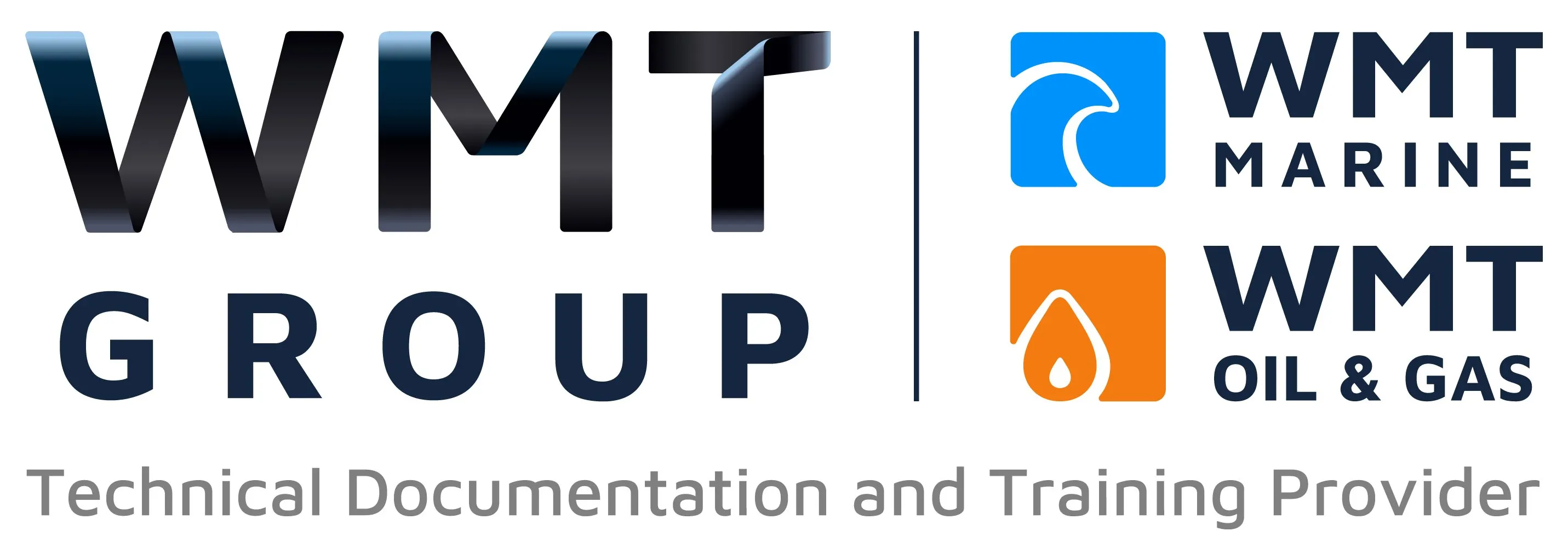Offshore Engineering Documentation Best Practices: How to Ensure Accuracy, Safety and Compliance

Offshore engineering projects are complex, high-risk, and heavily regulated. Whether it’s a drilling platform, FPSO vessel, or subsea installation, success depends on clear, accurate, and compliant documentation. Poorly structured or incomplete documents can delay operations, increase costs, or worse—compromise safety.
In this guide, we outline offshore engineering documentation best practices to help teams streamline workflows, meet compliance standards, and minimise risk.
Why Offshore Engineering Documentation Matters
In offshore environments, documentation supports:
✅ Regulatory compliance with bodies like HSE, ISO, and class societies
✅ Project efficiency by guiding teams on procedures and workflows
✅ Operational safety through detailed method statements and risk assessments
✅ Knowledge transfer across multi-disciplinary teams
✅ Maintenance and inspections with accurate records and manuals
1. Standardise Document Templates and Formats
Using consistent templates ensures that all documentation:
- Is easy to read and navigate
- Follows company or industry style guides
- Complies with ISO and HSE documentation standards
This includes standard headers, version control sections, revision logs, and unique document numbers.
2. Include Clear Scope and Purpose in Every Document
Every engineering document—whether it’s a procedure, manual, or report—should start with a brief that answers:
- What is the objective of the document?
- Who is the intended audience?
- What systems or components does it cover?
Clarity upfront reduces misinterpretation and improves usability.
3. Use Visuals to Support Complex Information
For offshore environments, diagrams, schematics, and photos are essential to:
- Show equipment layouts
- Illustrate installation steps
- Highlight hazard zones or safety procedures
Visuals should always be referenced in the text and labelled properly.
4. Prioritise Safety-Critical Content
Documents should highlight:
- Emergency procedures
- Safety equipment locations
- Isolation and lockout-tagout processes
- Environmental protection steps
Use formatting (e.g. bold, coloured text, warning icons) to make these sections stand out.
5. Implement a Robust Review and Approval Process
Before issuing any document:
- Assign qualified reviewers with subject matter expertise
- Include cross-checking between disciplines (engineering, HSE, QA/QC)
- Use tracked revisions and maintain a change history
Documents should only be issued once fully approved and signed off.
6. Digitise and Organise for Accessibility
Use document management systems (DMS) or cloud-based platforms to:
- Ensure version control
- Provide access to offshore and onshore teams
- Prevent outdated documentation being used
- Support searchability and cross-referencing
Commonly used systems include SharePoint, ProArc, and Aconex.
7. Align with Industry Standards and Regulations
Ensure documents adhere to:
- ISO 9001 for quality management
- API RP 2D / 2C / 2A for offshore structures
- IEC and IEEE standards for electrical systems
- IMCA and IOGP guidance for subsea and marine operations
- Classification society requirements (e.g. ABS, DNV, Lloyd’s Register)
Common Offshore Documentation Pitfalls to Avoid
❌ Using outdated or uncontrolled documents
❌ Inconsistent terminology and abbreviations
❌ Lack of integration between disciplines
❌ Missing safety-critical information
❌ Poor formatting or broken references
Conclusion
Strong offshore engineering documentation is more than just a formality—it’s a foundation for safe, efficient, and compliant operations. By applying these best practices, project managers, engineers, and document controllers can improve communication, reduce operational risk, and deliver better project outcomes.
Need help with your offshore documentation?
WMT Marine Ltd provides expert documentation services for offshore oil, gas, and marine industries—tailored to meet international standards and your project needs.
📞 Call +44 (0) 1244 287 850 or visit www.wmtmarine.com to speak with our technical documentation team today.
